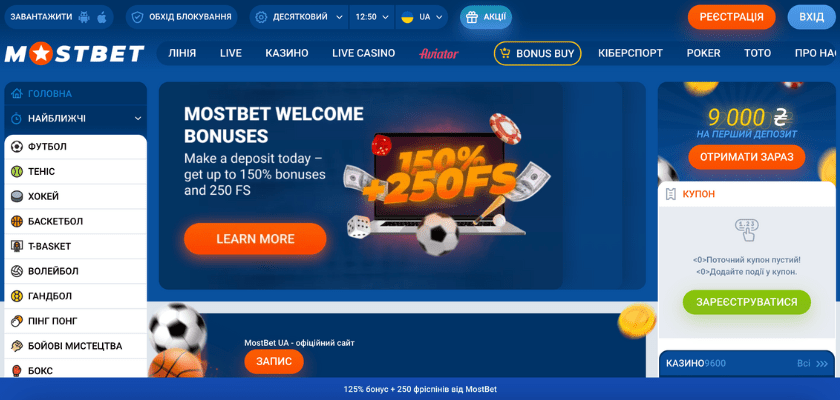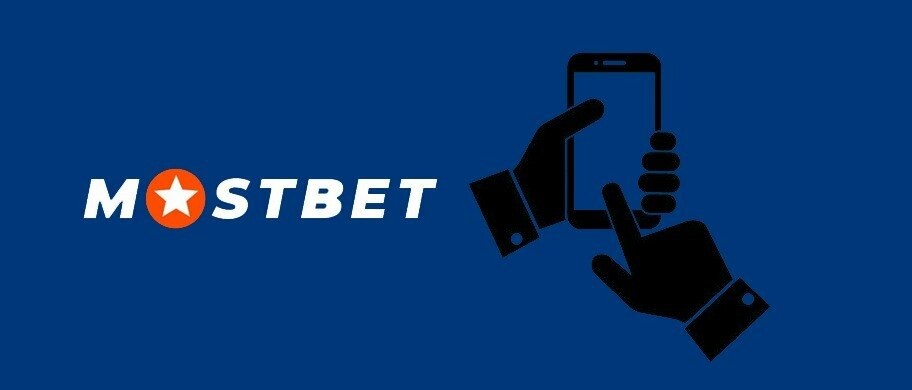
How to Identify a Legitimate Source: Key Guidelines
In an age where information is abundant yet often unreliable, discerning legitimate sources from fraudulent ones is crucial. Whether you are looking for trustworthy news, online retailers, or even service providers, knowing how to identify credible sources can save you time, money, and headache. Below is a comprehensive guide that will teach you how to identify a legitimate entity and ensure that your encounters are not just time wasted. For instance, when exploring online betting options, it is essential to consider platforms like How to Identify a Legitimate Casino Site in Azerbaijan Mostbet that offer credible services.
1. Check the Website’s URL
The URL of a website can provide significant clues about its legitimacy. Legitimate websites typically use HTTPS rather than HTTP, indicating that they have taken measures to secure their connections. Additionally, look for misspellings or unusual characters in the URL, as these are often hallmarks of fraudulent websites. For example, a legitimate site will have a recognizable domain name that relates closely to its brand rather than using a series of random letters and numbers.
2. Look for Contact Information
Trustworthy websites usually provide clear and accessible contact information. This might include a physical address, phone number, and email address. If a site only offers a contact form without any other means of communication, it raises a red flag. A legitimate company should be transparent about how it can be reached if issues arise. Additionally, consider testing the contact details by reaching out with a question; a quick response can indicate a reliable source.
3. Research the Company
Before making any commitments, do a bit of research about the entity you are dealing with. Look for online reviews, ratings, and discussions related to the company. Websites like Trustpilot or the Better Business Bureau are excellent resources for reviewing customer feedback. Also, keep an eye out for any complaints or negative reviews that may hint at unethical practices. Social media profiles can also provide insights into a company’s reputation and interaction with customers.

4. Verify Credentials and Certifications
For certain sectors, such as financial services, healthcare, or online gambling, the presence of licenses and certifications is vital. Check if the company holds the necessary qualifications to operate legally within its jurisdiction. Many professionals will hold accreditations that can be verified through relevant regulatory bodies. For online gambling platforms, verify their licenses through gaming commissions to ensure that they operate within legal frameworks.
5. Examine the Content Quality
Legitimate websites generally invest in high-quality content. Poor grammar, spelling errors, and generic information that lacks detail can suggest that a site is not reputable. Read through several articles or product descriptions to gauge the level of care put into the content. Reliable websites will provide well-researched, informative, and engaging content that reflects their brand’s values and integrity.
6. Be Cautious of Unrealistic Offers
One common tactic employed by fraudsters is to lure customers with incredibly attractive offers. If a deal seems too good to be true, it probably is. Be cautious of heavy discounts, offers promising high returns with low investments, or free trials that require sensitive information upfront. Evaluate the surrounding context to determine if the offer aligns with standard industry practice.
7. Look for Privacy Policies and Terms of Service
Legitimate websites take data protection seriously and provide clear privacy policies outlining how they will manage your information. Make sure to read these documents to understand your rights regarding personal data. If you cannot find a privacy policy or if the terms of service seem vague or lacking, approach with caution—as these may indicate a disregard for user security.

8. Trust Your Instincts
Sometimes, your gut feeling can be one of the most effective tools in determining legitimacy. If a website feels off or you’re uncertain about its authenticity, do not hesitate to walk away. There are countless resources available, and it is always better to err on the side of caution than to take unnecessary risks. Building a habit of questioning and critically assessing every digital interaction can profoundly protect you in the current online landscape.
9. Use Verification Tools
Utilizing online verification tools can provide additional layers of assurance. Websites like WHOIS allow you to check the domain registration details to see how long a domain has been active and who owns it. Additionally, conducting a reverse image search can reveal if images have been taken from other websites, which may indicate copied or illegitimate content.
10. Watch for Scam Patterns
Familiarize yourself with common scams to better recognize patterns. Some typical red flags include unsolicited emails that request personal information, websites with excessive pop-ups asking for subscriptions, and pressure tactics that create urgency for decision-making. By being aware of these indicators, you can avoid falling prey to common traps set by deceitful entities.
Conclusion
Being able to identify a legitimate source is an invaluable skill in today’s digital landscape. By following the steps outlined above, you can confidently navigate the online world. From checking URL integrity to assessing content quality and trusting your instincts, familiarizing yourself with these practices will empower you to make informed decisions. Always remember, the effort you put into verifying legitimacy will protect you from potential scams and ensure that your online experiences are safe, secure, and rewarding.







No Comment